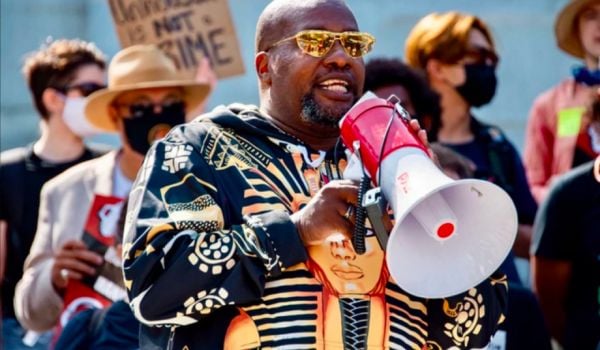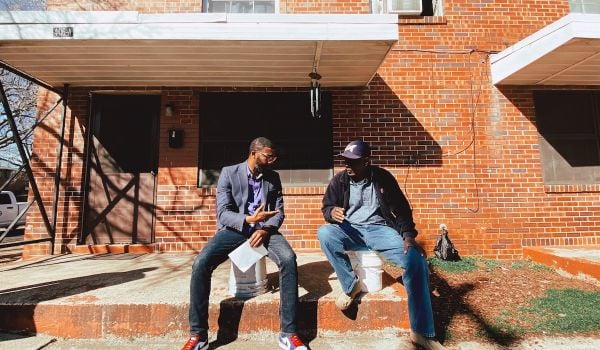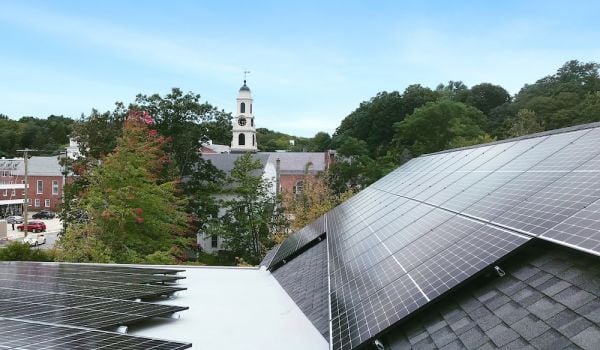California is ready to spend $1 billion over the next decade on rooftop solar installation for low-income residents. In December, the California Public Utilities Commission (CPUC) approved the creation of the Solar on Multifamily Affordable Housing (SOMAH) program. Funded by the statewide greenhouse gas cap-and-trade program, it will provide $100 million in annual solar installation incentives for the owners of affordable multifamily buildings.
The new program has been in the works for several years. The broad framework for the program was created by the state legislature in 2015. The bill made clear SOMAH is meant to help California meet its climate goals, help reduce energy bills for low-income residents and ensure that green energy infrastructure isn’t just for the wealthy.
“While it’s generally cost effective to install solar without incentives for market rate housing, it’s not the same for low-income and affordable housing,” says CPUC solar program manager Sara Kamins. “If the state wants to ensure all Californians have access to solar, this will help achieve that goal.”
To qualify for the incentives, the building must have at least five income-restricted affordable units. In addition, 80 percent of tenants must be earning 60 percent of area median income or the building must be located in a “disadvantaged” area. The incentives are paid out per watt of electricity generated by the panels. The portion of solar electricity serving tenants pays up to $3.20 per watt. The portion serving building common areas pays up to $1.10 per watt. The far higher incentive for tenant energy is meant to ensure the program helps low-income residents.
CPUC solar analyst Tory Francisco says they estimate there are 3,500 buildings eligible for the incentives. Since building sizes vary, the CPUC doesn’t yet know how many units those buildings include.
This is not the first time California has funded low-income multifamily solar. The Multifamily Affordable Solar Housing (MASH) program launched in 2008. California utility companies provided a little less than $200 million in funding. In 2013, the legislature extended the program another five years with another $108 million in funding. Besides the different funding sources and some slight differences in eligibility requirements, Francisco says the biggest change is SOMAH’s emphasis on tenant savings and the larger ambitions of the new program. To date, MASH has installed 39 megawatts of solar. For perspective, SOMAH has a goal of installing 300 megawatts over its 10 years of funding.
“Generally, I think it’s a good idea,” says Ethan Elkind, climate program director at University of California Berkley’s Center for Law, Energy and the Environment. “We want to encourage more solar adoption and deployment and we want to make sure low-income people have access to it. One of the knocks on our climate programs and clean energy programs is they tend to be skewed toward wealthier consumers.”
Despite the billion-dollar funding commitment, Elkind thinks SOMAH is “not necessarily going to be transformative. In reality we’re probably talking about a number of projects in the low thousands [of solar installations]. But having said all that, I think it’s a really important step that could teach the state a lot of lessons and help scale up the industry’s knowledge base for these kinds of projects.”
In an ideal world, Elkind says California would build on the benefits of SOMAH by bundling it with other energy efficiency improvements. Much in the way solar is a tough sell for multifamily building owners without incentives, it’s hard to convince landlords to make green upgrades to the building.
“Often times when you’re encouraging building owners to put solar on the roof, you want to encourage them to consider a whole range of energy technology and services,” he explains. “While the SOMAH program does require an energy audit, it doesn’t require any energy efficiency be done in conjunction with the solar installation. If you had energy efficiency, energy storage, onsite batteries bundled, there might be greater savings or even revenue opportunities that could be achieved.”
Other states have experimented with low-income solar grant programs, though most of them target low-income single family homeowners. In December 2015, Massachusetts launched a $30 million low-income solar loan program. The state also has a $15-million grant program to help low-income residents weatherize their home and improve their energy efficiency.
New York’s Affordable Solar program offers extra solar installation incentives to residents earning 80 percent or less of area median income. In addition, New York City is piloting a community solar project where 1,600 low-income residents will earn energy savings from shared solar panels. Minnesota’s largest private utility company is also experimenting with community solar for low-income residents who likely cannot install solar panels on the roof of their apartment buildings.
CPUC hopes to have the SOMAH program administrator hired by April. That person will be responsible for finalizing the program details. Kamins wouldn’t put a date on the program launch, only saying, “Our hope is to have this up and running soon.”

Josh Cohen is Crosscut’s city reporter covering Seattle government, politics and the issues that shape life in the city.
Follow Josh .(JavaScript must be enabled to view this email address)
















